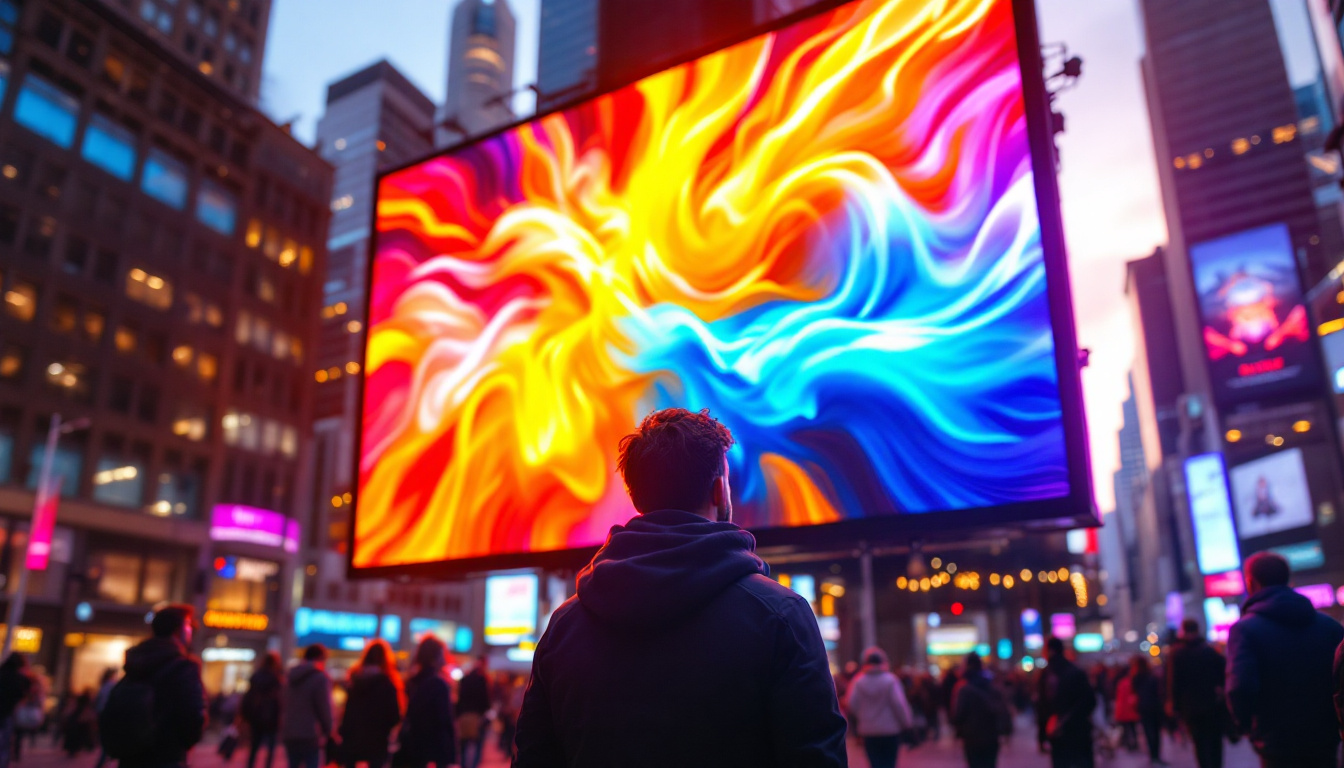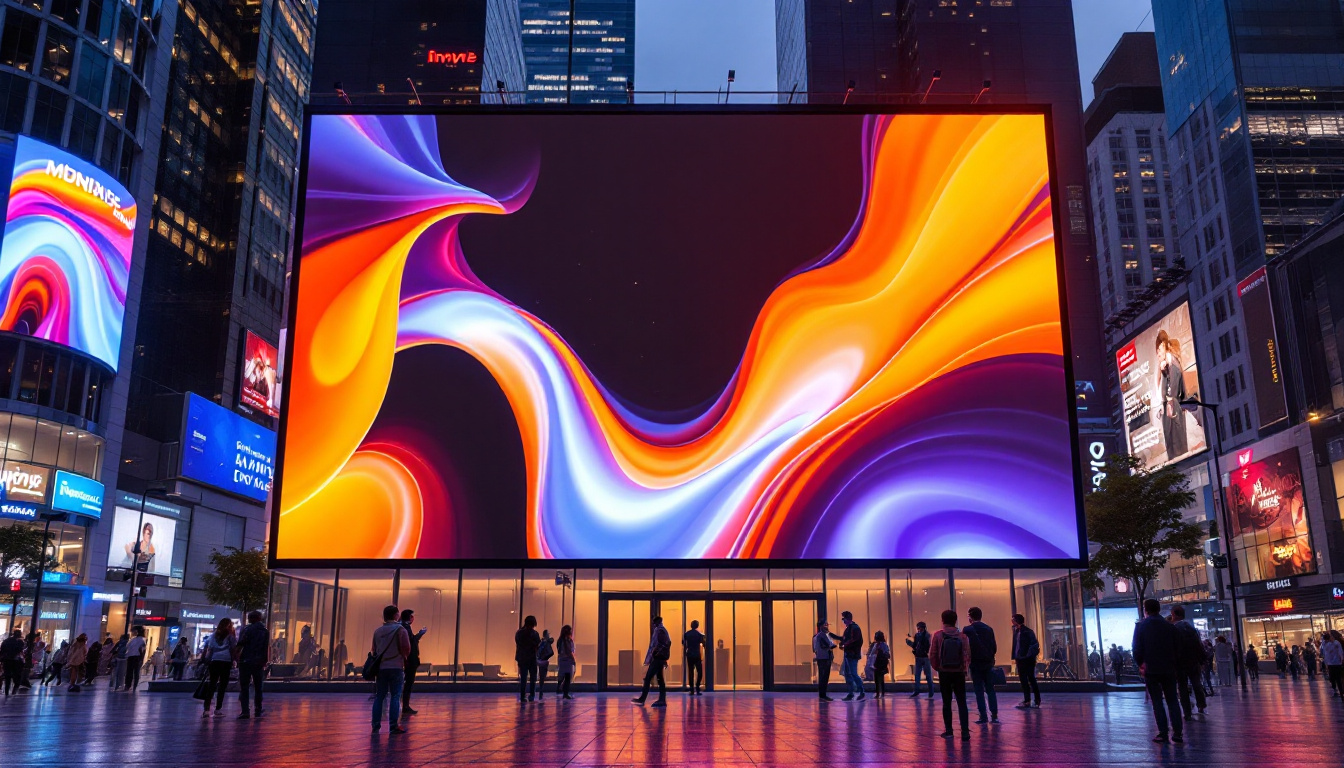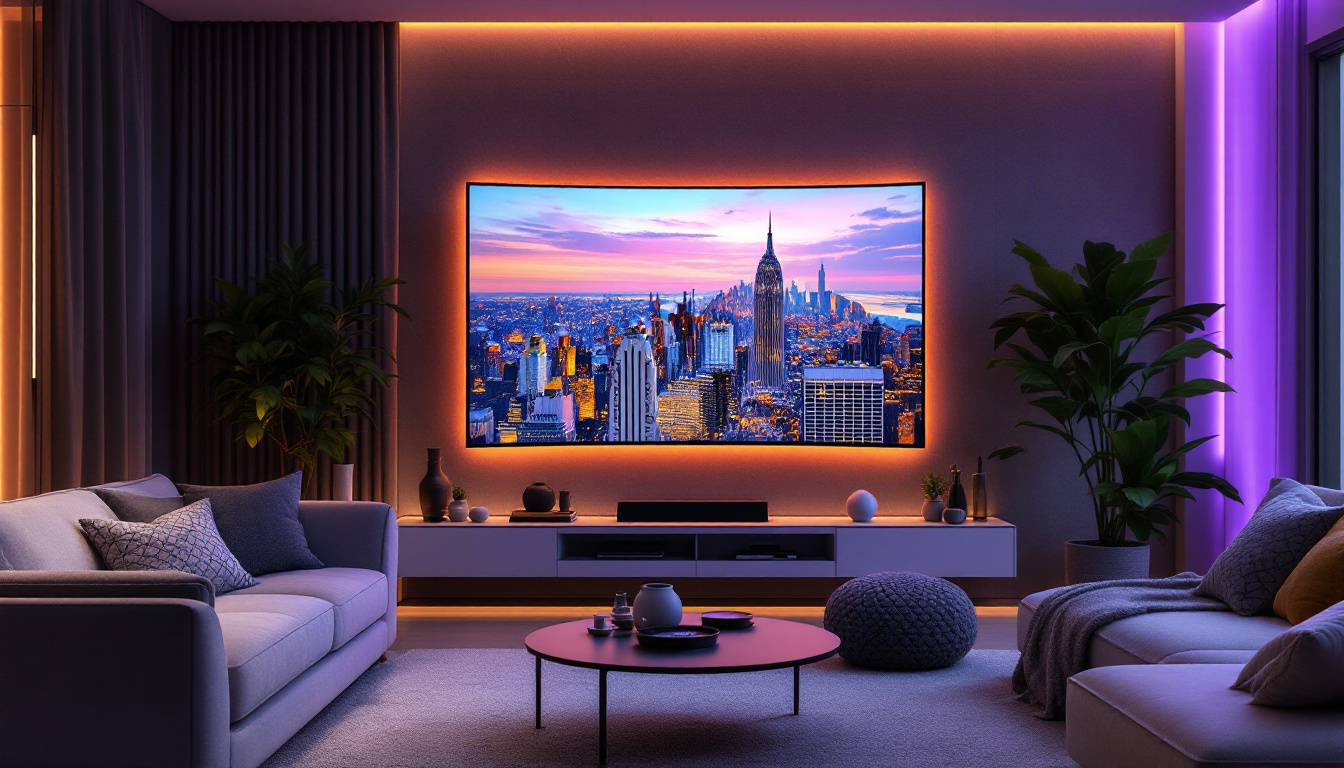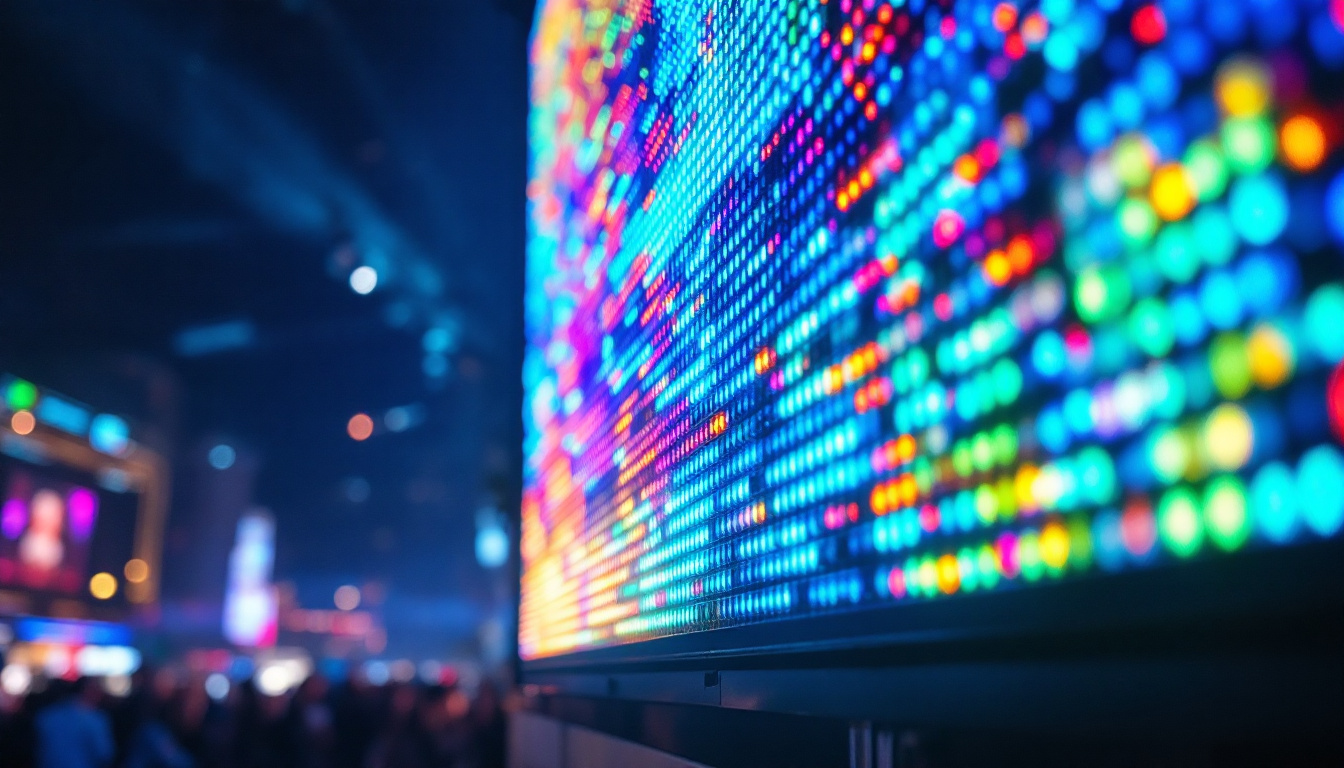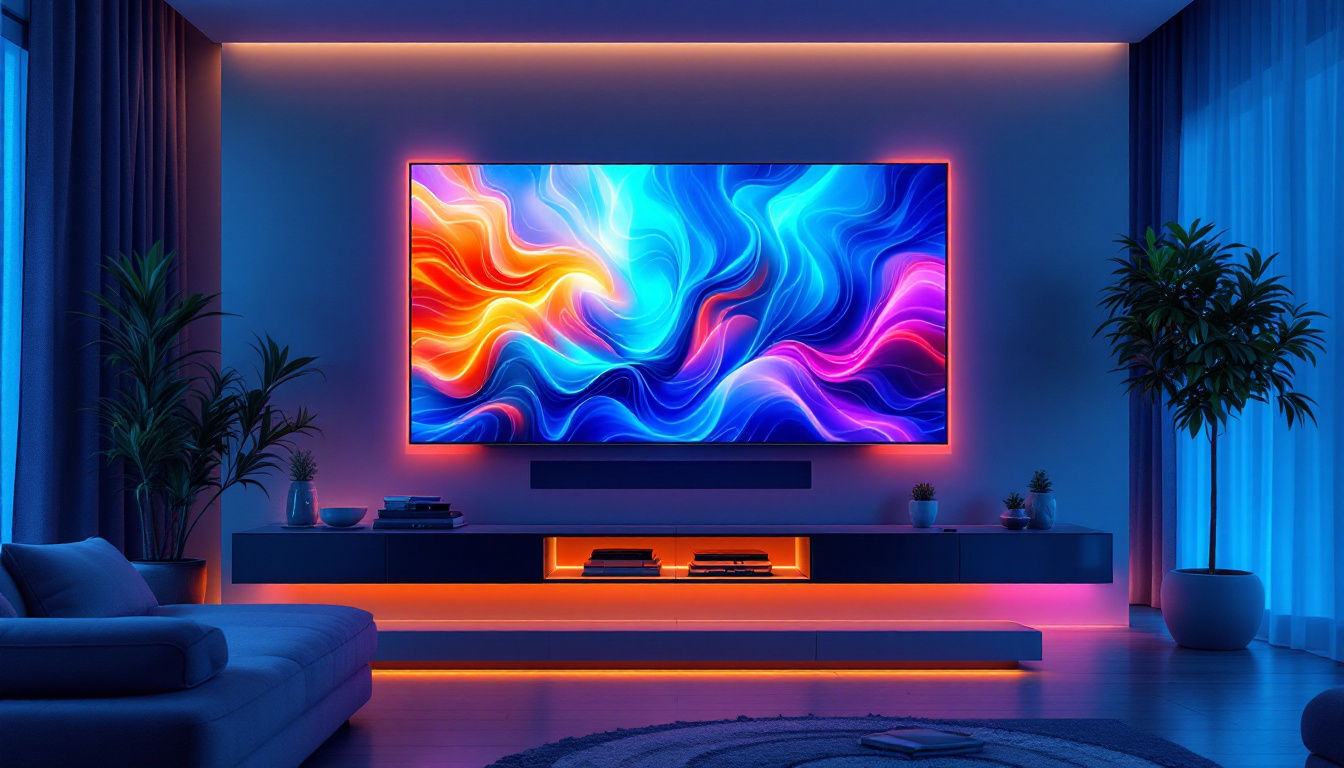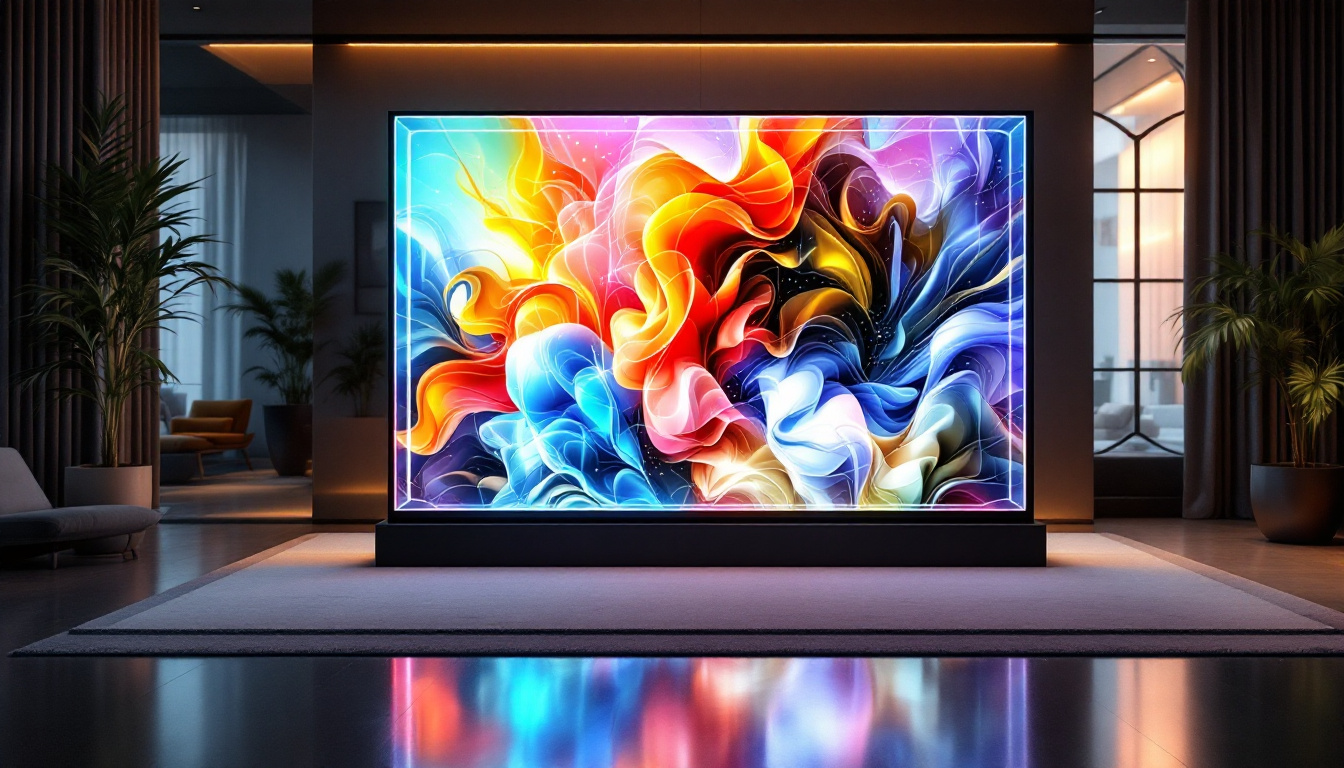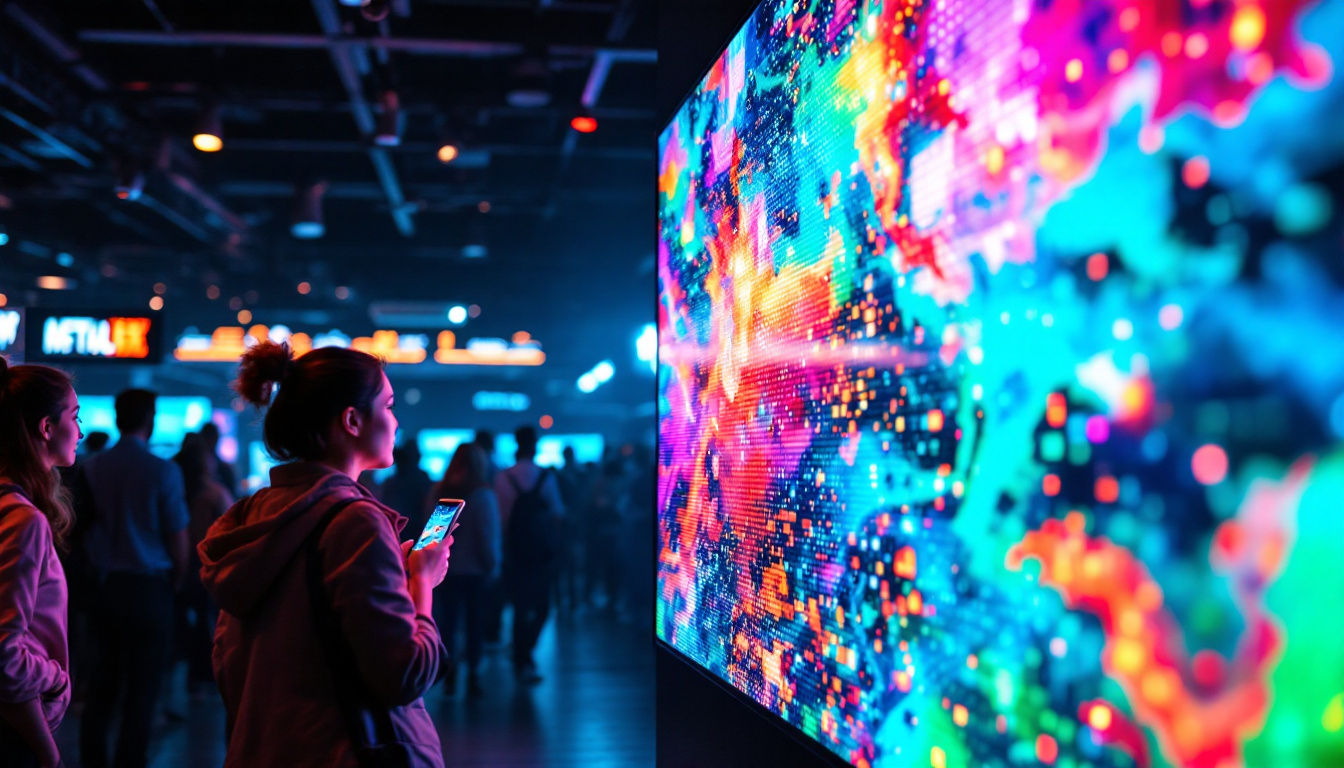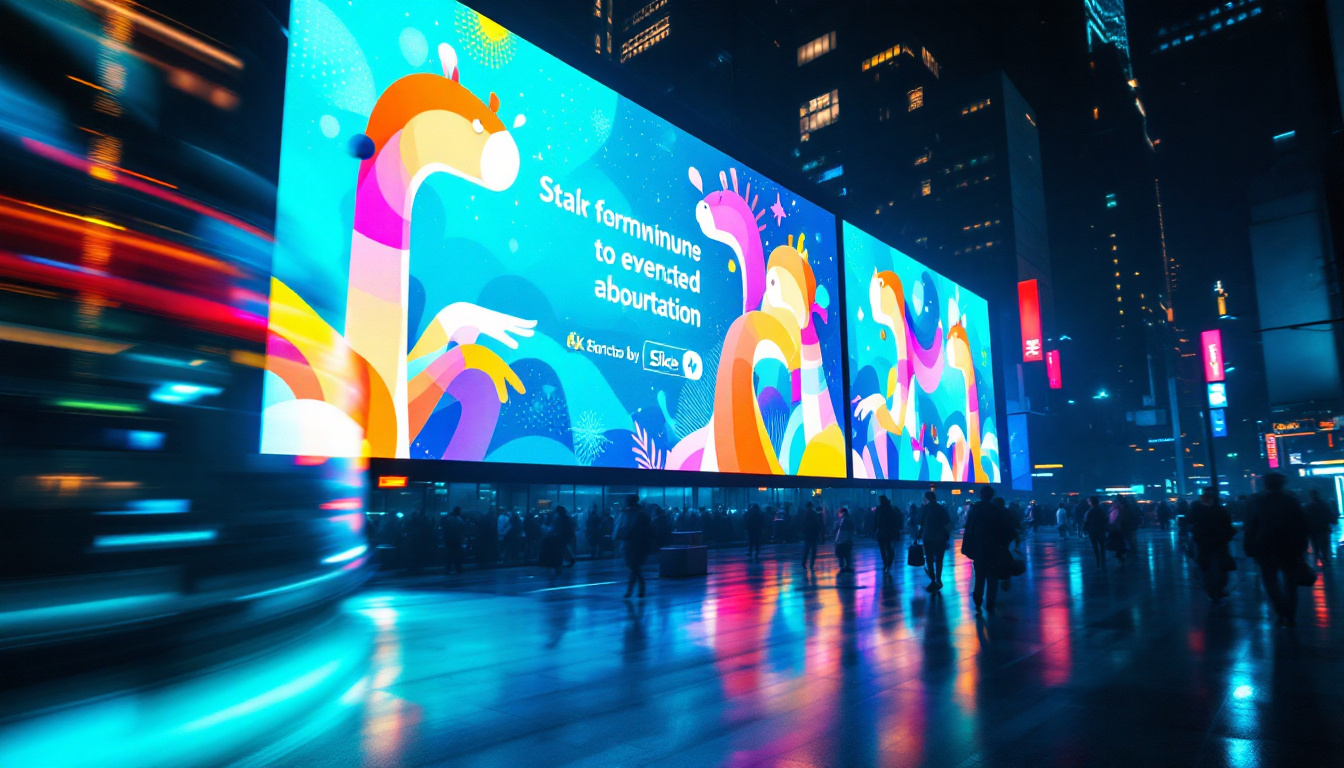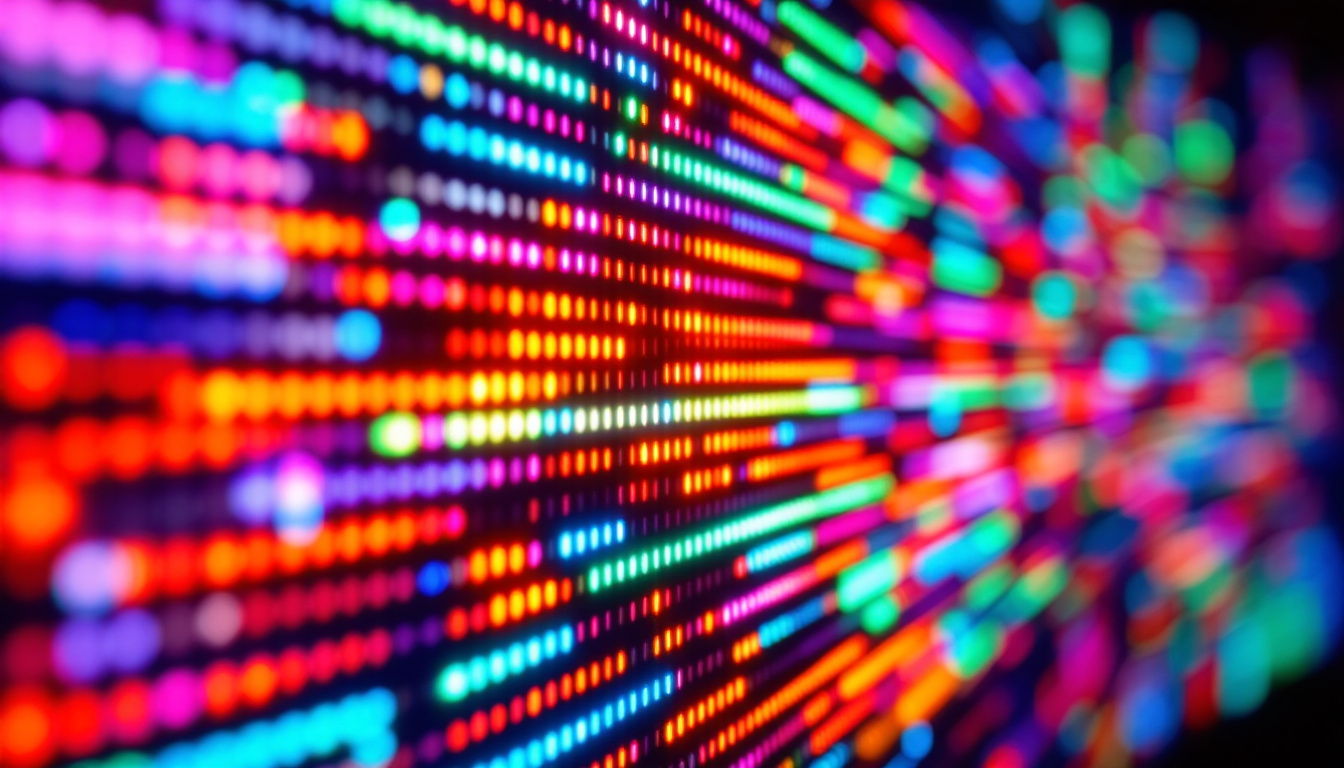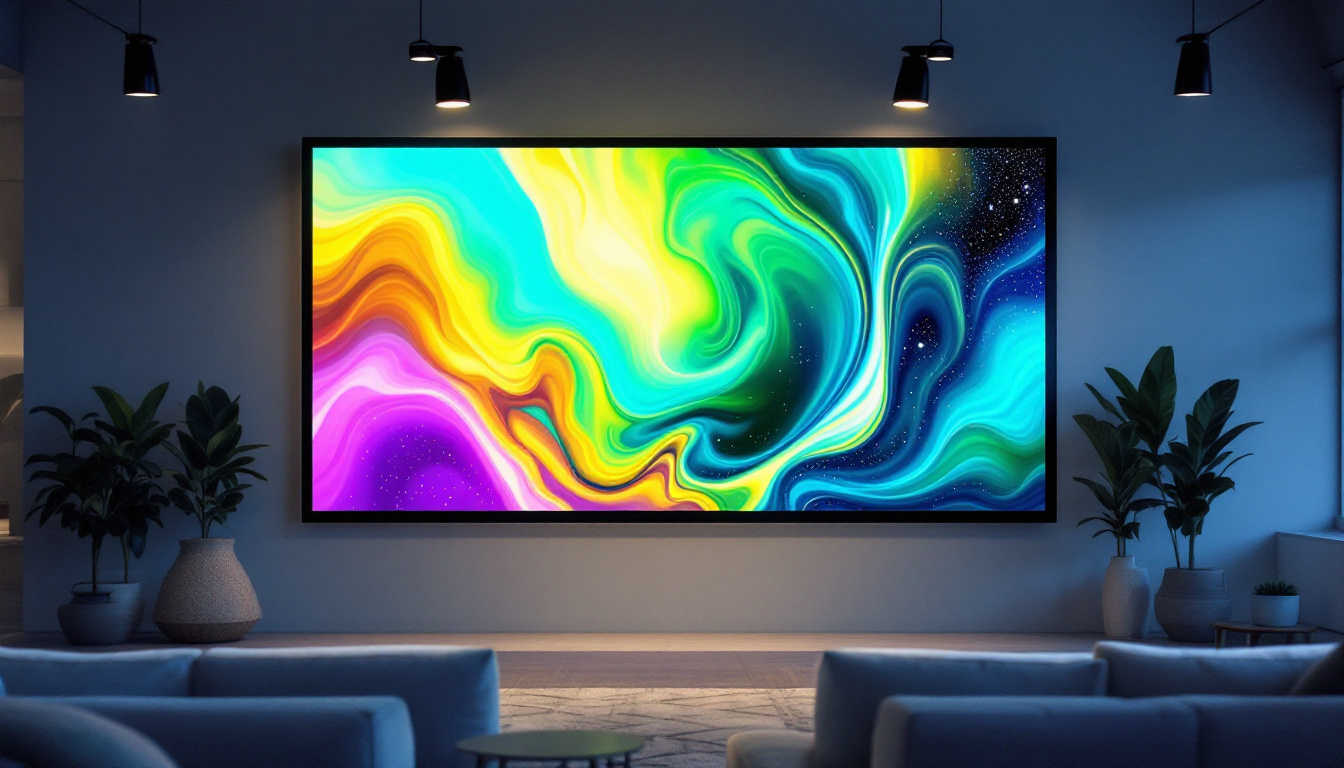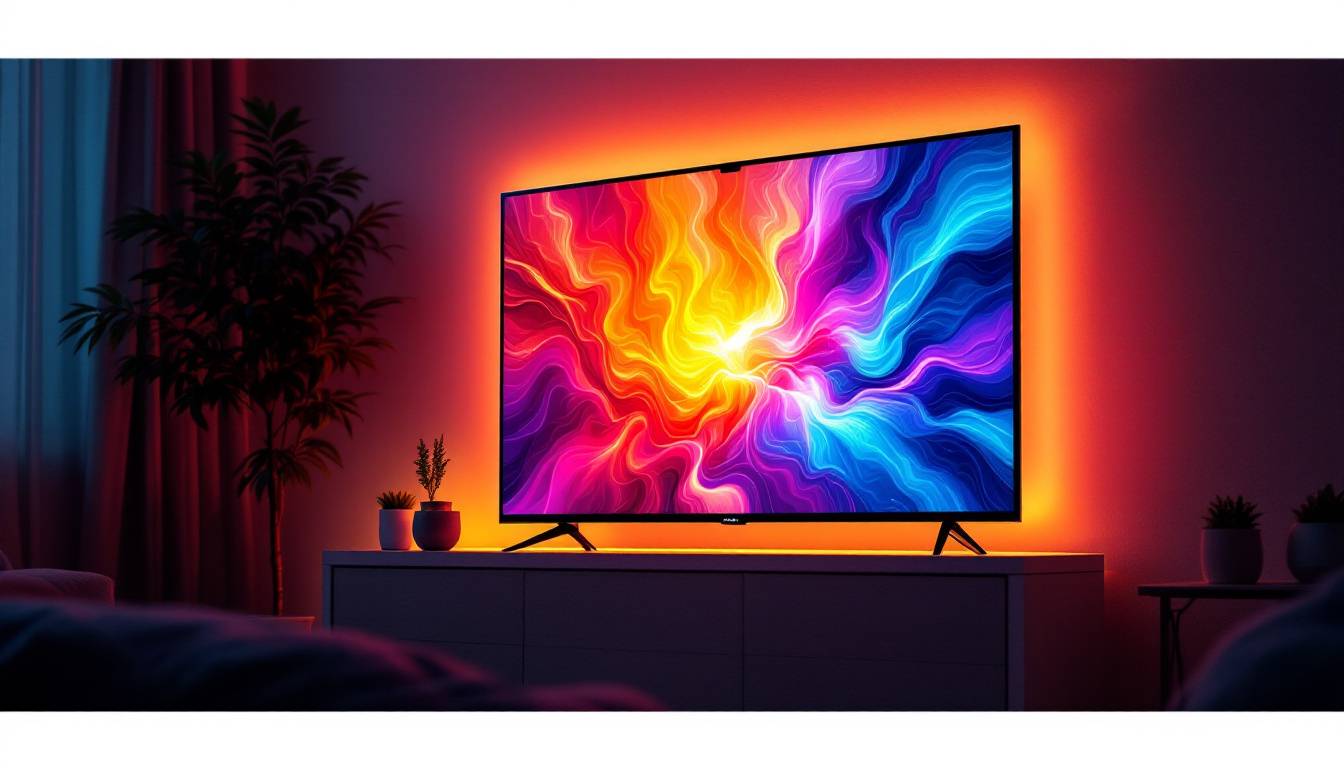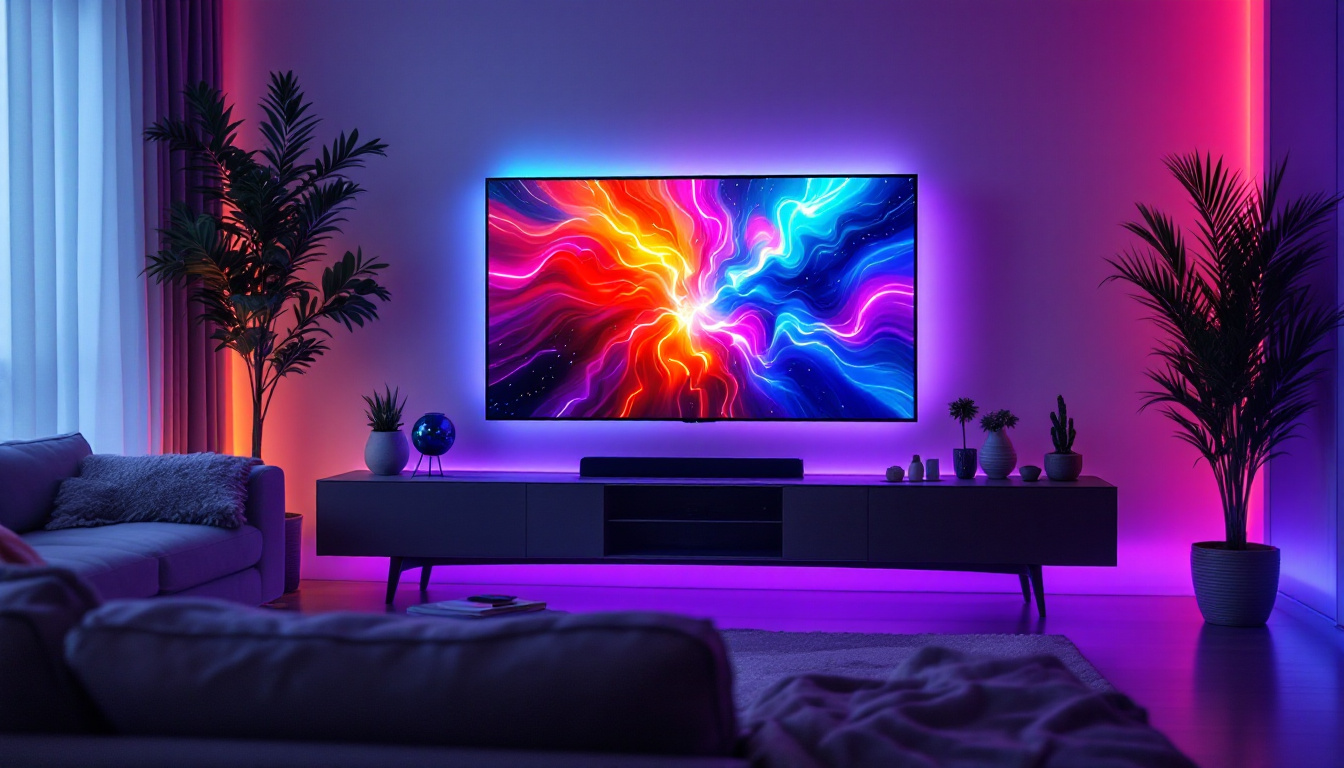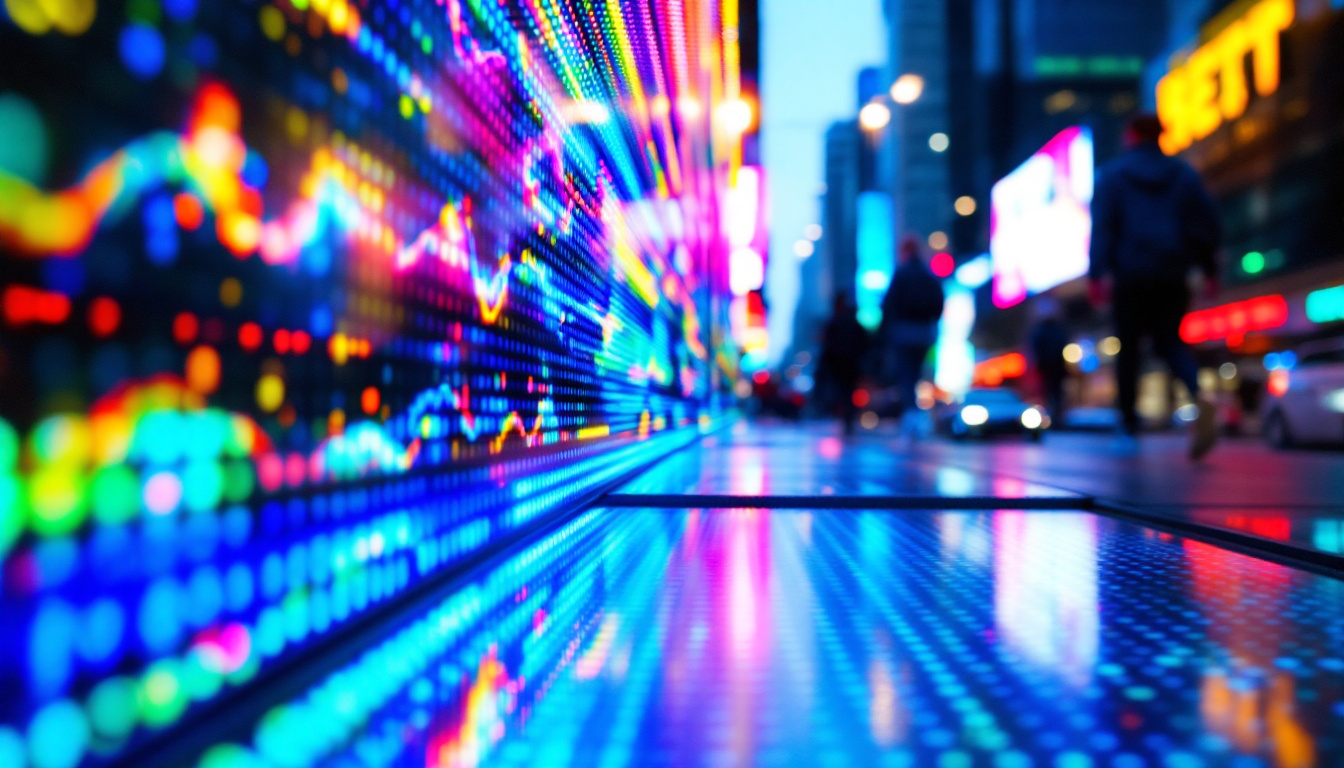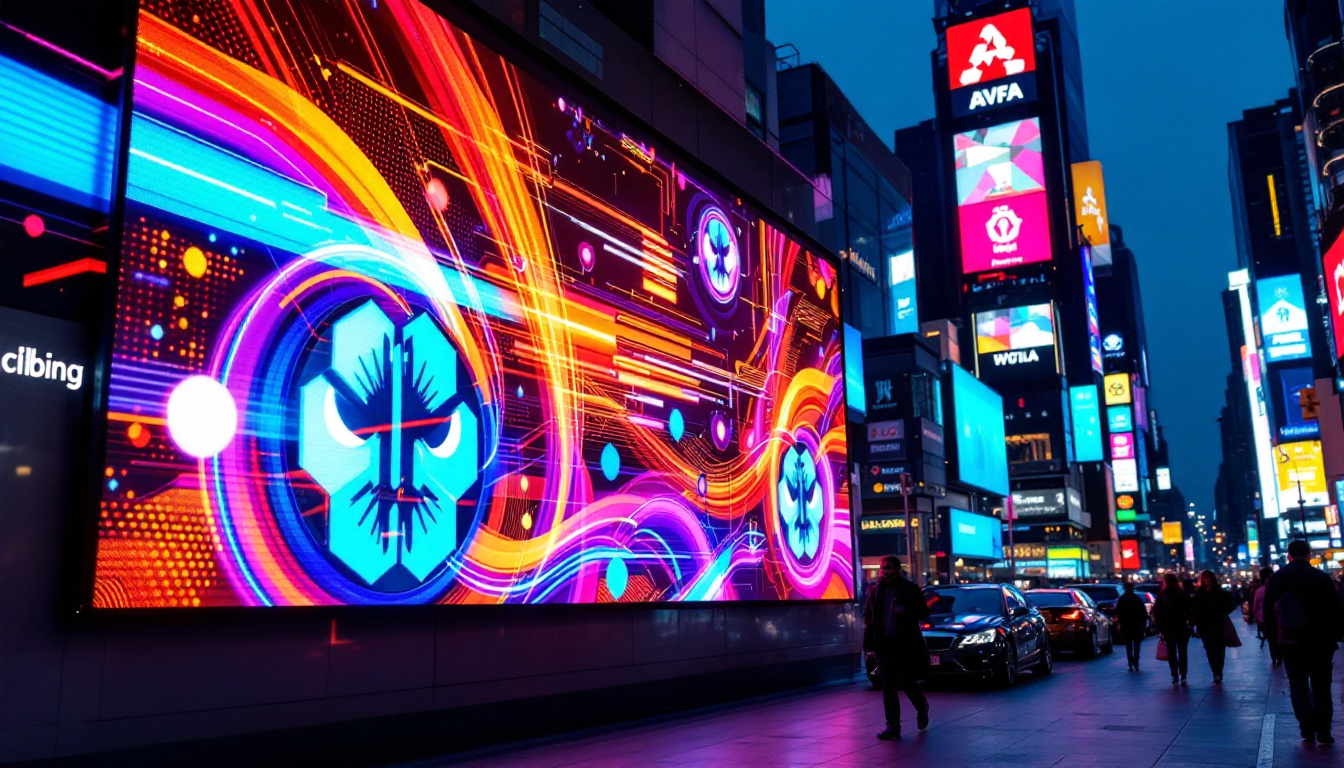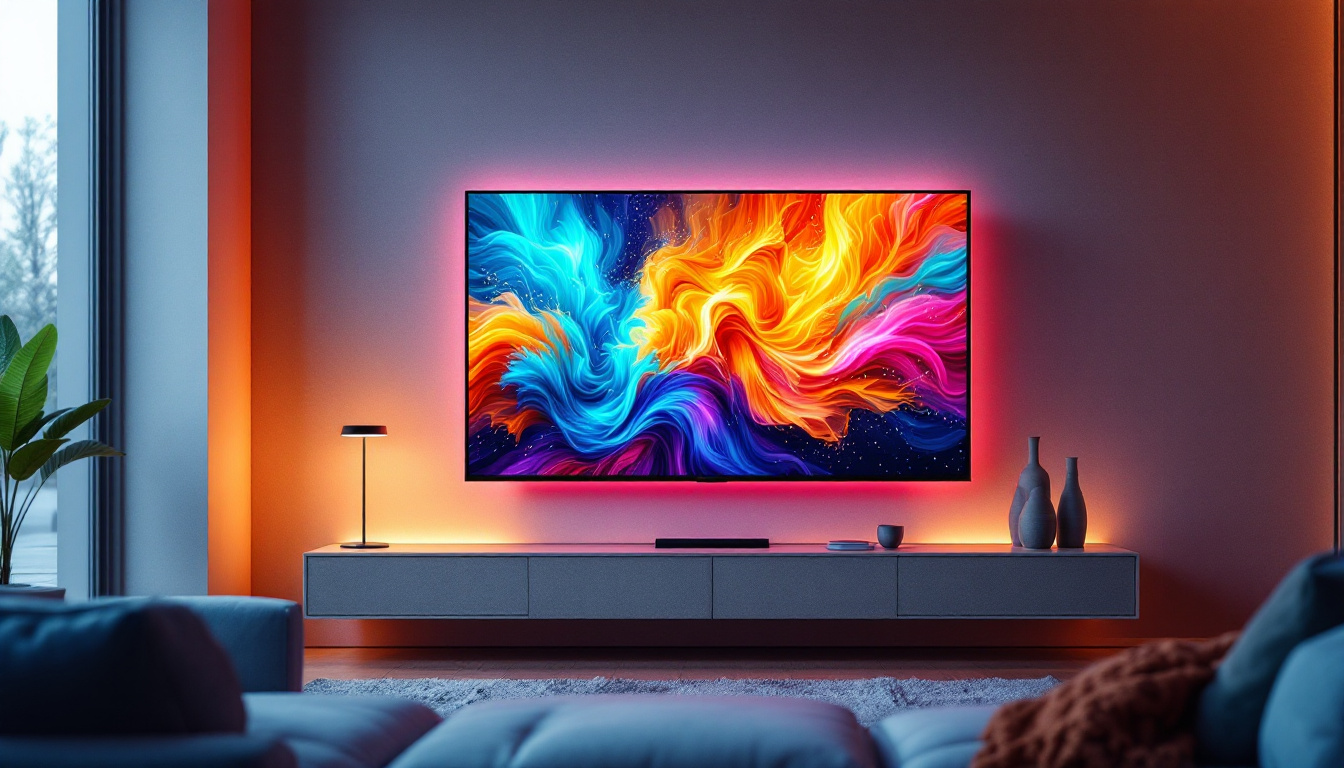Outdoor LED: LED Display Explained
In an era where visual communication is paramount, outdoor LED displays have emerged as a powerful medium for advertising, information dissemination, and entertainment. These vibrant screens have transformed the way brands engage with their audiences, offering dynamic content that captures attention and enhances user experience. This article delves into the intricacies of outdoor LED displays, exploring their technology, applications, advantages, and future trends.
Understanding LED Technology
Light Emitting Diodes (LEDs) are semiconductor devices that emit light when an electric current passes through them. The technology has evolved significantly, leading to the development of high-quality LED displays suitable for outdoor use. Unlike traditional display technologies, LEDs offer superior brightness, energy efficiency, and durability, making them ideal for outdoor environments. This advancement has not only transformed advertising but has also enhanced public information systems, providing clearer communication in bustling urban settings.
How LED Displays Work
Outdoor LED displays are composed of numerous individual LED modules that work together to create a cohesive image or video. Each module contains red, green, and blue (RGB) diodes, which can be adjusted to produce a wide spectrum of colors. The combination of these colors at various intensities allows for the display of detailed graphics and videos. The ability to manipulate these RGB values in real-time enables the creation of vibrant, eye-catching visuals that can attract attention even in bright sunlight.
The control system of an LED display is equally important. It manages the content being displayed, synchronizing the modules to ensure a seamless visual experience. This system can be programmed to change content in real-time, allowing for dynamic advertising and timely information updates. Moreover, advanced control systems can integrate with data feeds, enabling displays to show live updates such as weather reports, stock prices, or social media feeds, further enhancing their utility and engagement potential.
Types of Outdoor LED Displays
Outdoor LED displays come in various forms, each designed for specific applications. The most common types include:
- Billboard Displays: Large-scale screens typically used for advertising in high-traffic areas.
- Scoreboards: Used in sports venues to display scores, statistics, and advertisements.
- Informational Displays: Found in transit stations, these screens provide real-time updates on schedules and announcements.
Each type of display has unique features that cater to its intended use, ensuring optimal visibility and engagement. For instance, billboard displays are often designed with high pixel pitch to maximize visibility from long distances, while scoreboards may include additional functionalities like timers and customizable graphics to enhance the spectator experience. Informational displays, on the other hand, are engineered for clarity and legibility, often utilizing larger fonts and contrasting colors to ensure that crucial information is easily readable, even from a distance.
Furthermore, the installation and maintenance of outdoor LED displays have become more sophisticated. Many modern displays come equipped with weather-resistant features, allowing them to withstand harsh environmental conditions such as rain, snow, and extreme temperatures. This durability not only extends the lifespan of the displays but also reduces maintenance costs, making them a more sustainable choice for businesses and municipalities alike. As technology continues to advance, we can expect to see even more innovative applications and improvements in outdoor LED display systems, further solidifying their role in modern communication and advertising strategies.
Applications of Outdoor LED Displays
The versatility of outdoor LED displays has led to their adoption across various sectors. From advertising to public service announcements, the applications are extensive and impactful.
Advertising and Marketing
One of the most prominent uses of outdoor LED displays is in advertising. Brands leverage these screens to showcase their products and services in engaging ways. The ability to change content frequently allows advertisers to target different demographics at different times, maximizing reach and effectiveness.
Moreover, the bright and vibrant nature of LED displays ensures that advertisements stand out, even in direct sunlight. This visibility can lead to increased foot traffic and higher conversion rates, making outdoor LED advertising a worthwhile investment for many businesses. Additionally, the dynamic nature of these displays allows for creative storytelling through animations and videos, capturing the attention of passersby more effectively than traditional static billboards.
As technology continues to evolve, advertisers are also exploring interactive elements, such as QR codes or touch-screen capabilities, that encourage audience participation. This interactivity not only enhances engagement but also provides valuable data on consumer behavior, allowing brands to refine their marketing strategies and tailor their messages to better resonate with their target audience.
Public Information and Safety
Outdoor LED displays are also utilized for public information and safety purposes. Cities and municipalities use these screens to broadcast important announcements, such as weather alerts, traffic updates, and emergency notifications. The immediacy of LED technology ensures that critical information reaches the public in real-time, enhancing community safety and awareness.
In addition, these displays can serve as interactive kiosks, providing citizens with information about local events, services, and attractions, thereby fostering community engagement. For instance, during public gatherings or festivals, LED displays can be used to share schedules, maps, and safety guidelines, ensuring that attendees have access to essential information at their fingertips. This feature not only improves the overall experience but also helps in crowd management and safety during large events.
Moreover, some cities have begun integrating environmental monitoring systems with outdoor LED displays, allowing them to convey real-time data on air quality and pollution levels. This innovative use of technology empowers citizens to make informed decisions about their health and well-being, further emphasizing the role of LED displays in promoting public safety and awareness.
Entertainment and Events
In the realm of entertainment, outdoor LED displays play a crucial role in enhancing live events. Concerts, festivals, and sporting events often feature large LED screens that provide audiences with a better viewing experience. These displays can show live feeds, replays, and engaging graphics that elevate the overall atmosphere of the event.
Furthermore, outdoor LED displays are increasingly used in theme parks and tourist attractions to create immersive experiences. By integrating visuals with storytelling, these displays captivate audiences and enhance their enjoyment. For example, theme parks may use LED screens to project animated scenes that complement rides or attractions, creating a cohesive narrative that draws visitors deeper into the experience.
Additionally, outdoor LED displays have become a staple in public art installations, where artists use the medium to create vibrant, dynamic pieces that interact with their surroundings. This fusion of technology and creativity not only beautifies public spaces but also invites community participation and dialogue, making art accessible to a broader audience. As such, the role of outdoor LED displays continues to expand, shaping the way we experience entertainment and art in our everyday lives.
Advantages of Outdoor LED Displays
The growing popularity of outdoor LED displays can be attributed to their numerous advantages over traditional display methods. These benefits make them a preferred choice for many businesses and organizations.
High Visibility and Brightness
One of the standout features of outdoor LED displays is their exceptional brightness. Unlike other display technologies, LEDs can produce vivid colors and sharp images, even in bright daylight. This high visibility ensures that content is easily seen from a distance, making it effective for advertising and public announcements.
Additionally, the ability to adjust brightness levels based on ambient light conditions means that LED displays maintain optimal visibility at all times, further enhancing their usability.
Energy Efficiency
Outdoor LED displays are known for their energy efficiency. Compared to traditional lighting technologies, LEDs consume significantly less power, which translates to lower operational costs. This efficiency not only benefits businesses financially but also contributes to environmental sustainability.
As energy costs continue to rise, the energy-saving capabilities of LED technology make it an appealing choice for organizations looking to reduce their carbon footprint.
Durability and Longevity
Outdoor environments can be harsh, exposing displays to weather elements such as rain, snow, and extreme temperatures. However, outdoor LED displays are designed to withstand these conditions. With robust construction and protective coatings, they offer durability that ensures long-term performance.
Moreover, LEDs have a longer lifespan compared to traditional bulbs, reducing the frequency of replacements and maintenance. This longevity contributes to overall cost savings and reliability for businesses.
Challenges and Considerations
Despite their many advantages, outdoor LED displays also come with challenges that must be considered before installation.
Initial Investment Costs
The initial investment for outdoor LED displays can be significant. While the long-term savings from energy efficiency and durability are appealing, the upfront costs can deter some businesses from making the switch. It is essential to weigh these costs against the potential return on investment, particularly in high-traffic areas where visibility can lead to increased sales.
Content Management
Managing content on outdoor LED displays requires careful planning and execution. Businesses need to create engaging, relevant content that resonates with their target audience. Additionally, the control systems must be user-friendly to allow for easy updates and changes.
Failure to manage content effectively can result in missed opportunities or, worse, negative impressions if outdated information is displayed. Therefore, investing in a robust content management system is crucial for maximizing the effectiveness of outdoor LED displays.
The Future of Outdoor LED Displays
The future of outdoor LED displays looks promising, with advancements in technology and design paving the way for even more innovative applications.
Integration with Smart Technology
As smart technology continues to evolve, outdoor LED displays are likely to become more integrated with IoT (Internet of Things) systems. This integration will enable real-time data sharing and analytics, allowing businesses to tailor their content based on audience behavior and preferences.
For example, a display could change its content based on the time of day, weather conditions, or even the demographics of the audience in front of it. This level of personalization can significantly enhance engagement and effectiveness.
Enhanced Interactivity
Future outdoor LED displays are expected to feature enhanced interactivity. Touchscreen capabilities, augmented reality (AR), and mobile integration will allow users to engage with the content in new ways. This interactivity can create memorable experiences, driving customer loyalty and brand recognition.
For instance, a display could allow users to participate in polls or contests, providing valuable data to businesses while simultaneously engaging the audience.
Conclusion
Outdoor LED displays have revolutionized the way information is communicated and advertisements are presented. With their high visibility, energy efficiency, and versatility, they have become an essential tool for businesses and organizations looking to engage with their audiences effectively.
As technology continues to advance, the potential for outdoor LED displays will only grow. By embracing these innovations, businesses can stay ahead of the curve, ensuring they capture attention and foster connections in an increasingly visual world.
In summary, outdoor LED displays are not just a trend; they represent the future of visual communication, offering endless possibilities for creativity, engagement, and interaction.
Illuminate Your Message with LumenMatrix
As you consider the future of visual communication for your brand, remember that the right technology can make all the difference. LumenMatrix stands at the forefront of LED display innovation, offering a wide array of solutions that bring your content to life. From captivating Indoor and Outdoor LED Wall Displays to dynamic Vehicle and Sports LED Displays, and even customizable options like Floor LED Displays and All-in-One solutions, we have the technology to amplify your message. Experience the transformative power of LED displays and join the revolution in visual storytelling. Check out LumenMatrix LED Display Solutions today and see how we can help you engage with your audience like never before.

